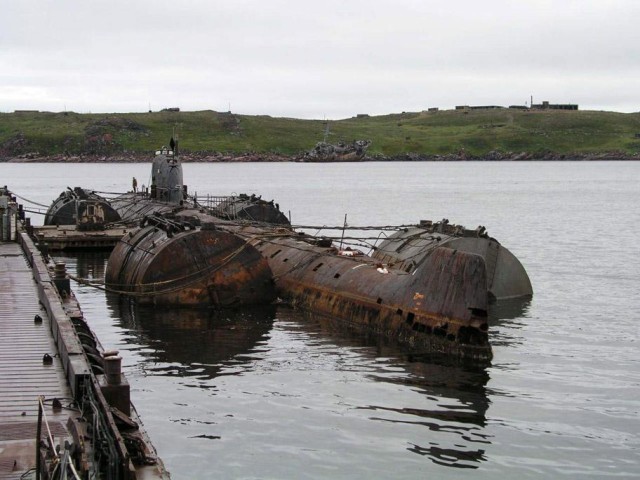
Norway’s environmental prosecutor fines Equinor a record amount following Bellona complaint
Økokrim, Norway’s authority for investigating and prosecuting economic and environmental crime, has imposed a record fine on Equinor following a comp...
News

Publish date: November 20, 2013
Written by: Charles Digges
News
An official from Russia state nuclear corporation Rosatom told RIA Novosti that 160 metric tons of low-enriched uranium had been loaded in 10 containers onto a ship that will deliver the cargo to the US port of Baltimore.
The Megatons to Megawatts program was signed in February 1993 and expires this year.
“This ends what has been an extremely important non-proliferation program between the United States and Russia,” said Nils Bøhmer, Bellona’s general director and nuclear physicist. “It has helped prevent the manufacture of countless weapons of mass destruction and left the world a safer place – both Russia and the US are to be congratulated.”
Russia has earned $17 billion in revenue converting 500 metric tons of high-enriched uranium – the equivalent of 20,000 nuclear warheads – from dismantled nuclear weapons into low-enriched uranium to be used for fuel in US commercial reactors.
But it now expects to earn more.
Russia has often complained that it is unfairly making less than market value for the LEU it provided to the US under the nonproliferation program – and took the matter to court in 2008.
That year, a US federal court found in favor of Russia being able to sell uranium to the US outside the parameters of the Megaton’s to Megawatts agreement by striking down high tariffs levied on Russia LEU, and allowed some imports to circumvent the program.
But this year looks set to be a boom year in uranium sales to the US with the Megatons to Megawatts limits officially out of the way, according to industry predictions.
In March 2011, Russian state-owned uranium producer and trader Techsnabexport, or Tenex, signed a $2.8 billion deal with the US Enrichment Corporation (USEC) to supply it with low-enriched uranium for 10 years starting in 2013, RIA Novosti reported.
And as early as 2009, Tenex scooped up Pacific Gas & Electric, Ameren Corp, Luminant and Exelon as customers beginning in 2014. Although Exelon would not specify how much it expected to make in its deal with Tenex, the other three are estimated to be worth over $1 billion.
The last of the Megatons to Megawatts LEU shipped from Russia will remain subject to peaceful use requirements throughout its lifecycle, the Department of Energy’s press release said.
For the past 15 years, former bomb grade Russian uranium has provided roughly half of all commercial nuclear energy produced within the US, or powered one in every 10 US light bulbs, according to a statement by US Energy Secretary Ernest Moniz.
Deliveries of LEU produced from Russian-origin HEU under the nuclear nonproliferation program are now complete, and 9,630 type-30B cylinders of LEU from Russian HEU will have been delivered.
Additionally, the DOE’s 20-year effort to monitor the HEU-to-LEU conversion process in Russia is reaching its final stages.
“The 1993 United States-Russian Federation Highly Enriched Uranium Purchase Agreement has proven to be one of the most successful nuclear nonproliferation partnerships ever undertaken,” said Moniz. “The completion of this ‘swords to ploughshares’ program represents a major victory both for the United States and Russia.”
On November 14, senior US and Russian government officials, along with senior representatives from USEC and Tenex – the US and Russian executive agents for the 1993 agreement – observed the departure of the final shipment of LEU from the port of St. Petersburg, Russia.
A final event is planned for December 10 when US and Russian government officials and industry partners will observe the final delivery of Russian LEU Baltimore from where it will be sent to the United States Enrichment Corp (USEC) Paducah facility in Paducah, Kentucky.

Økokrim, Norway’s authority for investigating and prosecuting economic and environmental crime, has imposed a record fine on Equinor following a comp...

Our op-ed originally appeared in The Moscow Times. For more than three decades, Russia has been burdened with the remains of the Soviet ...

The United Nation’s COP30 global climate negotiations in Belém, Brazil ended this weekend with a watered-down resolution that failed to halt deforest...

For more than a week now — beginning September 23 — the Zaporizhzhia Nuclear Power Plant (ZNPP) has remained disconnected from Ukraine’s national pow...